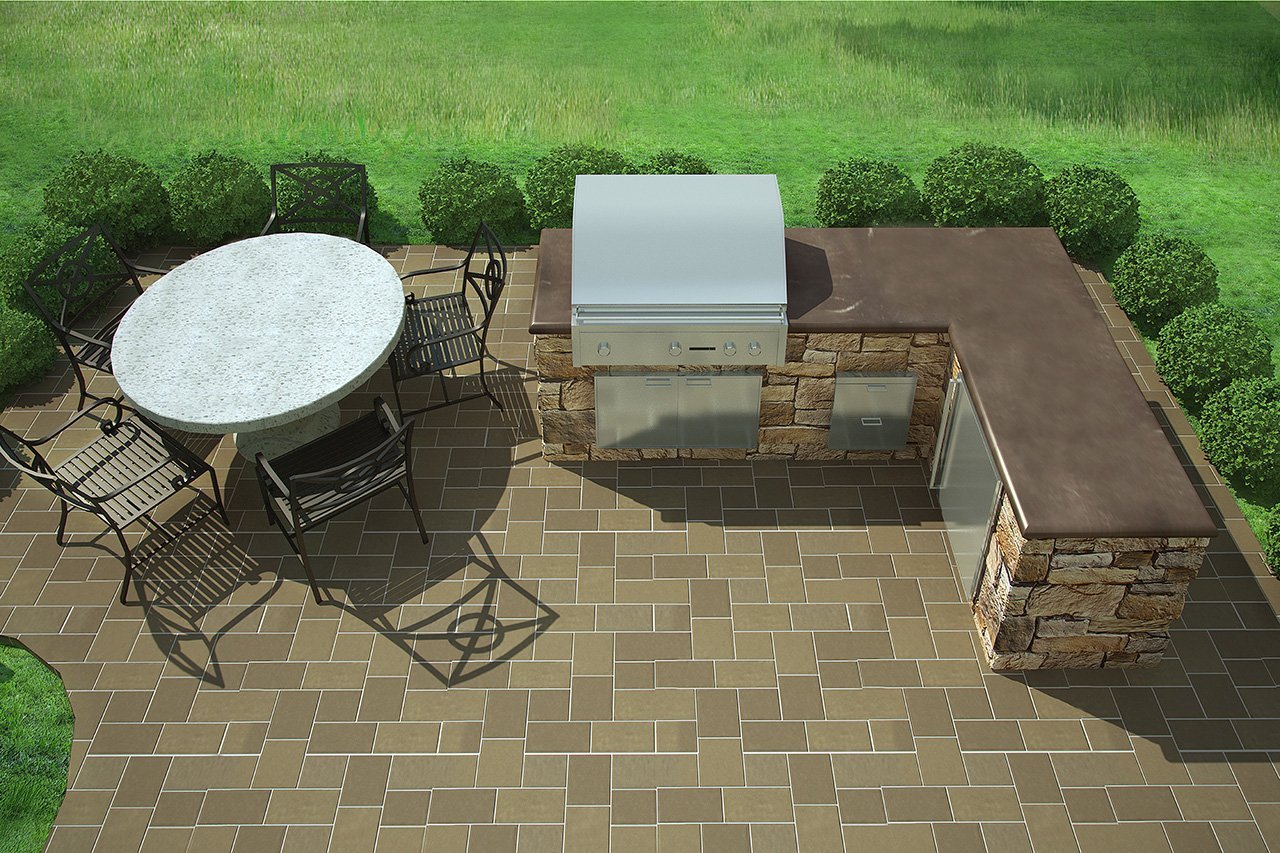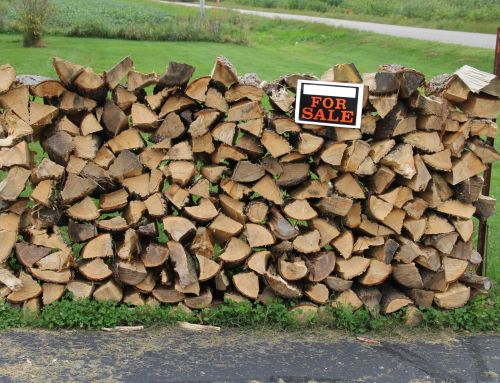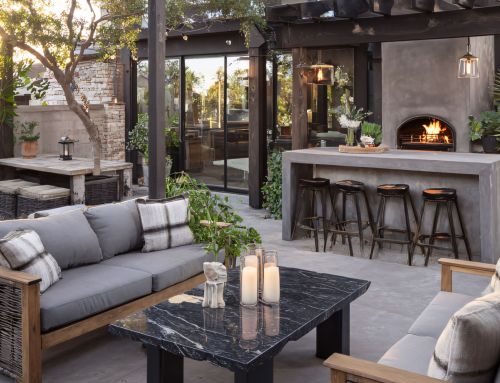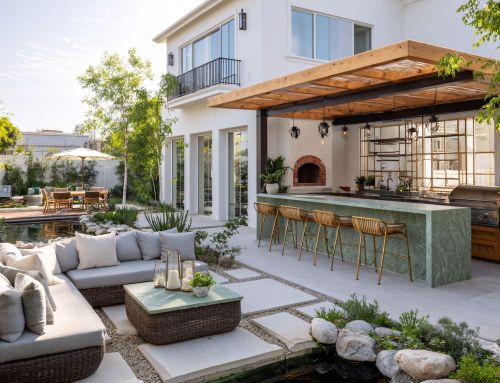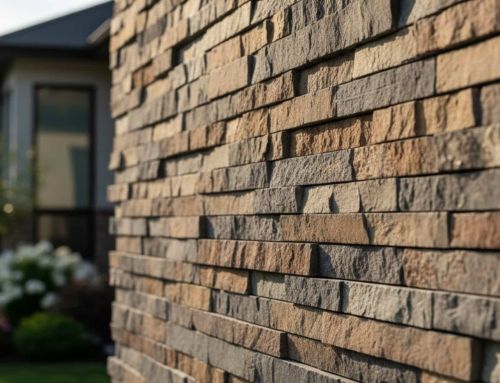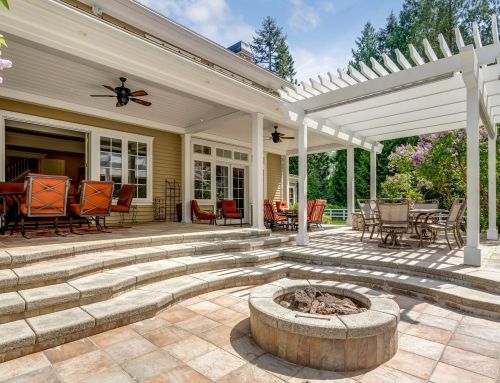If you’re looking to upgrade your home’s exterior or add a stylish touch indoors, cultured stone is a popular and practical choice. It offers the natural look of real stone without the heavy weight or high cost, making it ideal for everything from fireplace surrounds to accent walls and facades.
With the right cultured stones & accessories, you can transform your space to match your vision. Whether you’re working on a small update or a full renovation, this guide will help you understand how to use these materials for a beautiful, long-lasting result.
What Are Cultured Stones?
Cultured stone represents a major innovation in construction and design. Unlike traditional natural stone, which requires quarrying, manufactured stone veneer is created using a controlled process that combines concrete, aggregates, and specialized molds to replicate authentic stone appearance.
The manufacturing process starts by studying real stone formations to create detailed molds. These capture every detail, from color variations to natural surface textures. The molds are filled with Portland cement, lightweight aggregates, and iron oxide pigments. The result delivers natural stone beauty with better installation advantages and cost-effectiveness.
What makes cultured stone special is its versatility. Each piece is hand-finished and colored using techniques that create unique variations. No two stones look exactly alike. This means you can achieve the organic, natural appearance homeowners want without the weight, cost, and installation challenges of traditional stone materials.
Essential Cultured Stone Accessories
The success of any stone veneer project depends on selecting the right accessories. These are not just decorative additions; they are functional elements that ensure professional results and long-term durability.
Trim Stones and Corner Pieces
Trim stones create clean transitions between surfaces and provide the polished look that separates professional work from amateur attempts. Corner pieces are crucial for exterior applications, creating seamless 90-degree transitions that look natural and maintain structural integrity.
Wall Caps and Coping Stones
Wall caps protect the top surfaces of stone walls and columns from water while adding an elegant finishing touch. These accessories come in various profiles to match different architectural styles, from contemporary clean lines to traditional curved designs.
Specialty Shapes
Modern cultured stone lines include arch pieces, keystones, and custom elements that allow sophisticated architectural details. These pieces let homeowners push design boundaries while maintaining an authentic appearance.
Cost Comparison: Cultured vs Natural Stone
| Factor | Cultured Stone | Natural Stone |
|---|---|---|
| Material Cost | $7–15 per sq ft | $10–20 per sq ft |
| Installation Cost | $5–10 per sq ft | $10–25 per sq ft |
| Weight | 6–7 lbs per sq ft | 13–15 lbs per sq ft |
| Lifespan | 25–50 years | 50+ years |
| Maintenance | Low | Very Low |
Cultured stone typically costs 40-60% less than natural stone when considering both materials and installation. The lighter weight means no structural reinforcement is needed, reducing overall project costs significantly.
Installation Made Simple
One of the biggest advantages of cultured stone is installation simplicity. Here’s what makes it easier:
- Lightweight Design: At roughly half the weight of natural stone, cultured stone can be installed on more surfaces without additional structural support. This makes it especially useful for remodels and non-load-bearing walls.
- Easy Cutting: Manufactured stone veneer cuts easily with standard masonry tools, making custom fitting straightforward. This reduces labor time and material waste during installation.
- Flexible Application: Can be installed on drywall, concrete, block, or existing surfaces with proper preparation. This versatility makes it suitable for a wide range of interior and exterior projects.
- DIY-Friendly: Many homeowners successfully install cultured stone themselves, though professional installation ensures the best results. It’s a great option for skilled DIYers looking to upgrade their space affordably.
Design Applications
Cultured stones and accessories work beautifully in numerous applications:
Exterior Applications
- Home facades and accent walls
- Outdoor fireplaces and fire pits
- Garden walls and landscaping features
- Column wraps and architectural details
Interior Applications
- Fireplace surrounds and hearths
- Accent walls in living spaces
- Kitchen backsplashes
- Wine cellars and entertainment areas
The key to success is choosing accessories that complement your primary stone selection. Trim stones frame openings beautifully, while wall caps provide professional finishing touches that enhance the overall aesthetic.
Maintenance and Longevity
Cultured stone requires very little upkeep to retain its beauty and performance. Regular cleaning with mild soap and water keeps the surface looking fresh, while applying a sealant every 5 to 7 years helps protect against moisture damage. Annual inspections can catch and address small issues early, ensuring your stonework stays in top condition.
To preserve the surface texture, avoid using pressure washers at close range. With proper care, high-quality cultured stone installations can last for decades, making them a smart, long-term investment for enhancing your dream home. Their durability and low maintenance needs make them ideal for both interior and exterior applications.
Choosing the Right Products
When choosing cultured stones and accessories, aim for consistency in style, color, and texture to create a cohesive look. Make sure the pieces align with your home’s architectural design for a natural fit. This helps ensure the finished project looks intentional and well-integrated. Even small mismatches in texture or tone can disrupt the overall appearance.
Prioritize quality by selecting products from trusted manufacturers that offer warranties. Look for brands with a reputation for durability and performance. For best results, consult professionals familiar with your local building codes and climate conditions. Their insight can help you avoid costly mistakes and ensure long-lasting results.
Conclusion
Cultured stones and accessories offer an ideal balance of beauty, durability, and cost effectiveness for any home improvement project. With their lightweight design, realistic textures, and wide range of applications, they provide the timeless appeal of natural stone without the extra weight or expense. By carefully selecting complementary accessories and investing in proper installation and maintenance, you can achieve a sophisticated, lasting look that elevates your indoor or outdoor space for years to come, enhancing both the beauty and functionality of your everyday life and surroundings.
Ready to bring your vision to life with premium cultured stone products? Visit Old Station Outdoor & Landscape Supply for expert guidance and a wide selection of top-quality stones, trim pieces, wall caps, and specialty accessories. We proudly serve homeowners, contractors, and designers throughout Southeastern Massachusetts with personalized support and helpful resources to guide your project. Whether you’re updating your home’s exterior or crafting a custom indoor feature, contact us today or stop by to get started.
FAQs
What is a cultured stone?
Cultured stone is a manufactured stone veneer made from concrete, aggregates, and pigments that’s molded and colored to replicate the look of natural stone. It’s lighter, easier to install, and more cost-effective than quarried natural stone while maintaining an authentic appearance.
Is cultured stone more expensive than real stone?
No, cultured stone typically costs 40-60% less than natural stone when considering both materials and installation costs. The lighter weight also eliminates the need for structural reinforcement, further reducing overall project expenses.
Is cultured stone waterproof?
Cultured stone is water-resistant but not completely waterproof. It requires proper installation with appropriate flashing and occasional sealing every 5-7 years to maintain optimal moisture protection.
What is the difference between cultured stone and cast stone?
Cultured stone is a thin veneer (¾” to 1½” thick) designed for wall surfaces, while cast stone is typically thicker and used for structural elements like columns, balustrades, and architectural details. Cast stone is denser and more expensive than manufactured stone veneer.
Is stone veneer cultured stone?
Not all stone veneer is cultured stone because stone veneer includes both natural stone veneer (thin cuts of real quarried stone) and cultured stone veneer (manufactured stone made from concrete and aggregates). Cultured stone is a specific type of manufactured stone veneer, while natural stone veneer is made from actual quarried stone cut into thin pieces.

